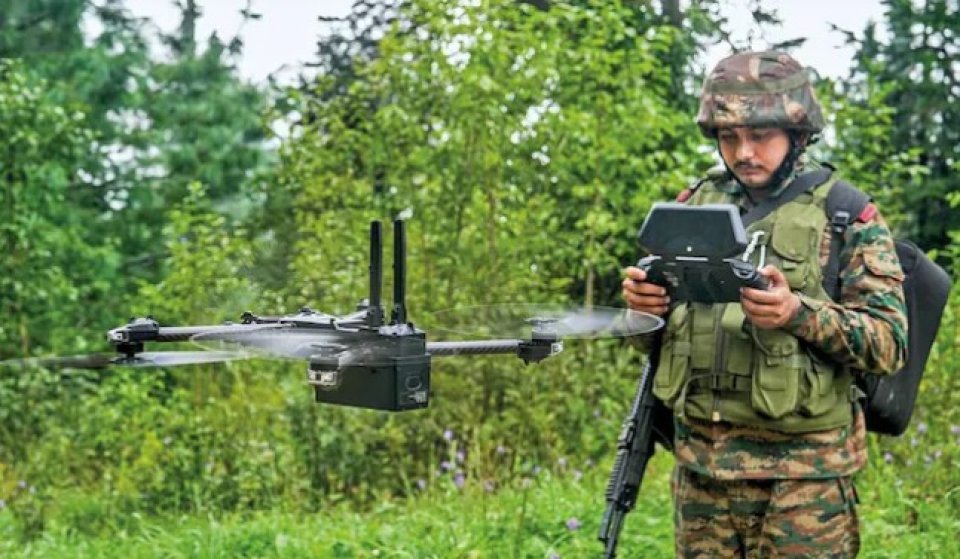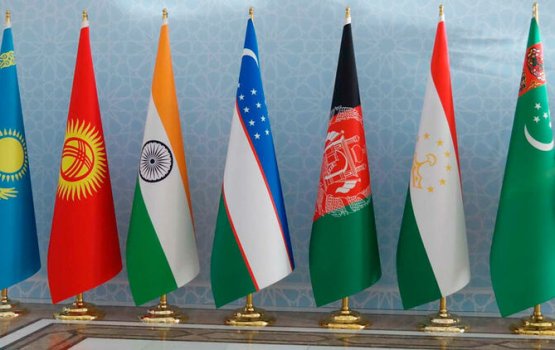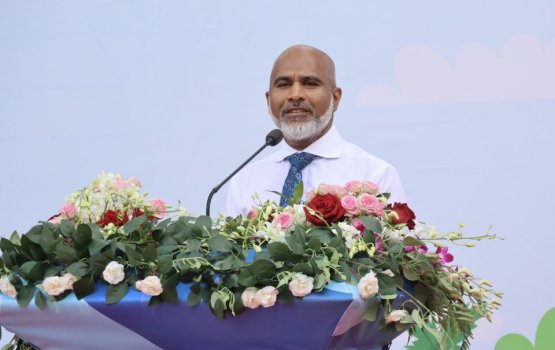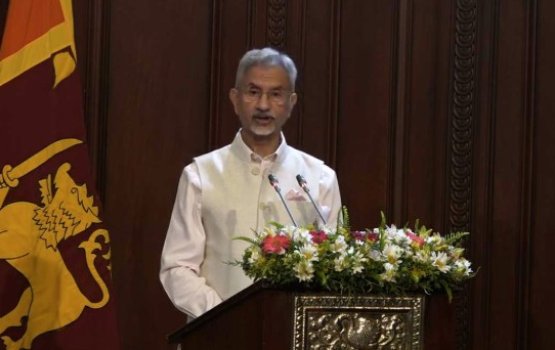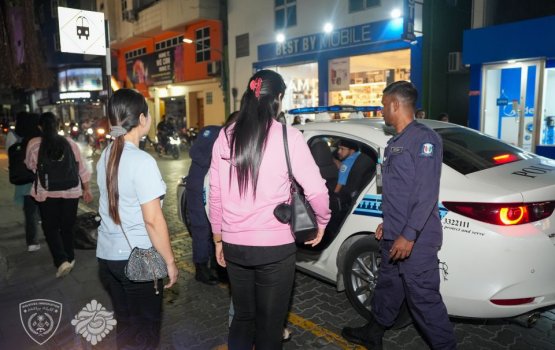Operation Sindoor underscored a clear lesson for India: the urgent need to strengthen both offensive and defensive drone capabilities. Modern battlefields are now shaped by unmanned aerial vehicles — from medium/high-altitude ISR platforms to battlefield support UAVs equipped for precision strikes — and recent fighting between India and Pakistan (May 7–10) highlighted the rising role of loitering munitions, or “kamikaze” drones. These weapons loiter over target areas before diving onto targets and are frequently deployed in swarms to overwhelm air defences and destroy assets.
Indian forces performed well using precision, higher-end drones and mounted effective countermeasures against cheaper Turkish- and Chinese-made Pakistani UAVs. Still, defence experts say an urgent reassessment of India’s drone warfare posture is required. “We cannot rely solely on expensive platforms. We should fast-track proliferation of low-cost drones and loitering munitions for mass deployment, establish domestic production lines, adapt air-defence and electronic warfare to counter saturation attacks, and develop tactics that combine high-end and expendable systems,” former Northern Army commander Lt. Gen. D.S. Hooda argued.
Drones to Become Core Force Multipliers
Reflecting that shift, Chief of Army Staff Gen. Upendra Dwivedi has announced the creation of dedicated drone units as the army moves to become a more “transformed, modern and future-oriented force.” Plans call for roughly 8,000–10,000 UAVs per corps — with a premium on indigenous manufacture — to operate in a drone-saturated battlespace. To enable this, infantry battalions are being reorganised: around 70 soldiers per battalion (a battalion typically numbers 900–1,000 troops) will be assigned to drone teams trained on First Person View (FPV) systems that stream live camera feeds to specialised goggles.
Beyond battalion-level drone platoons, the army is raising several specialised formations:
- Bhairav: Thirty light commando battalions (~250 personnel each) trained to operate drones for rapid strikes.
- Rudra: All-arms brigades combining mechanised infantry, special forces, artillery and UAVs for multidomain operations.
- Divyastra: Artillery batteries pairing kamikaze drones with long-range guns for deep strikes.
- Shaktibaan: Dedicated strike formations focused on loitering munitions.
Reconnaissance platoons will field both surveillance and strike drones. The Corps of Electronics and Mechanical Engineers will add drone sections for field repairs and terrain mapping, while utility drones will be used for resupply of forward elements.
Capability Gaps Exposed by Operation Sindoor
Despite ambitious plans, Operation Sindoor revealed critical vulnerabilities. Cybersecurity emerged as a major concern: drones are exposed to denial-of-service attacks, phishing and spoofing, and several indigenous systems were disrupted by Pakistani GPS jamming that fed false navigation signals. Israeli systems, by contrast, reportedly proved resistant to such jamming.
Interoperability was another shortcoming. The operation showed that many drones could not operate cohesively in swarms; instead, they functioned as isolated units communicating only with their individual operators — a limitation that curtailed battlefield effectiveness.
At a recent seminar in Pune, Defence Secretary R.K. Singh warned that gaps remain in electronic warfare, counter-UAS capabilities, a resilient manufacturing base for military-grade drones able to survive in GPS-denied and contested environments, and low-level radar coverage. He cautioned that the army’s ambitious drone buildup will fall short unless these challenges are addressed.
The Road Ahead
The Indian Army’s move to institutionalise drones across the force — from infantry battalions to specialised brigades and strike formations — marks a major shift in force structure and doctrine. Success will depend on rapid domestic production, secure and resilient systems, improved interoperability for swarm operations, and stronger electronic-warfare and counter-UAV measures. If those pieces come together, drones are set to become decisive force multipliers in India’s future conflicts. (Source: IndiaToday)

